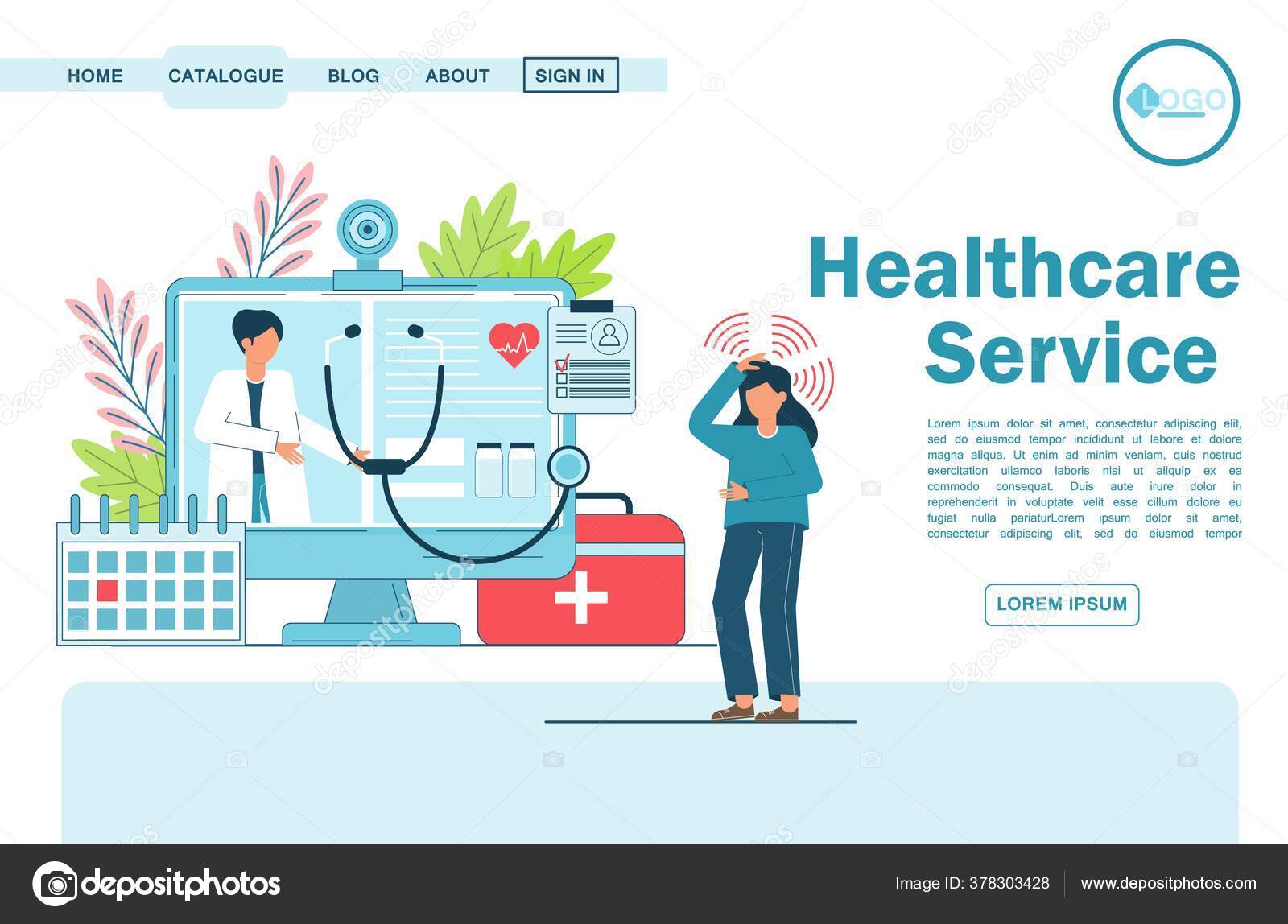Recognizing the Cost-Effectiveness of Subscription-Based Healthcare Designs
As the medical care landscape advances, subscription-based versions arise as a compelling alternative, assuring to redefine how people handle medical expenses. Evaluating these versions' cost-effectiveness requires a nuanced contrast with standard insurance coverage, taking into consideration both financial implications and person contentment.
Review of Subscription-Based Designs
Subscription-based medical care versions, often referred to as direct key care or attendant medicine, are progressively getting interest as a potential option to inefficiencies within typical medical care systems. These versions run on the principle of offering patients straight accessibility to healthcare suppliers through a regular monthly or annual fee, bypassing the need for conventional insurance policy devices. This arrangement aims to enhance patient-provider communications by reducing administrative worries, which typically impede prompt and individualized care.
At the core of subscription-based models is the focus on a much more customized person experience. Individuals profit from enhanced accessibility to their doctors, often including same-day or next-day consultations, extended appointment times, and straight interaction channels such as phone or video phone calls. This design cultivates a positive strategy to health care, where clients and suppliers can collaboratively concentrate on preventative care and persistent disease monitoring.

Expense Comparison With Typical Insurance Policy

One of the main monetary benefits of membership designs is openness in expenses. On the other hand, conventional insurance might be more advantageous for individuals calling for specialized treatment or pricey therapies not covered under a subscription model, as they benefit from the more comprehensive protection network and cost-sharing systems.
However, cost-effectiveness is context-dependent. While registration versions may supply savings for those mostly requiring medical care, individuals with persistent problems or specialized healthcare requirements may find traditional insurance coverage a lot more comprehensive. Evaluating certain healthcare demands and possible use is important in figuring out the most cost-efficient choice for individuals.
Effect on Person Contentment
Client fulfillment within subscription-based healthcare designs commonly shows a significant enhancement over traditional insurance systems. This improvement is largely credited to the personalized treatment and availability these versions use. Clients regularly report higher contentment due to minimized wait times and the convenience of organizing appointments. Unlike typical systems, where individuals may experience hold-ups in getting care, subscription-based versions ensure more direct and prompt communications with doctor.
In addition, the openness in expenses linked with subscription-based medical care reduces the common irritations associated with unanticipated charges and complex billing procedures seen in conventional insurance (subscription based healthcare). Individuals appreciate recognizing the exact economic commitment upfront, bring about enhanced trust fund and confidence in their medical care management
In addition, the emphasis on precautionary treatment and wellness in registration models adds to improved wellness outcomes, additionally enhancing individual satisfaction. By concentrating on recurring health maintenance as opposed to anecdotal care, individuals experience a more holistic and constant health care trip.
Furthermore, the improved provider-patient connection cultivated in these models, characterized by more time spent per person and tailored interest, plays an essential duty in elevating individual complete satisfaction levels, as people feel genuinely looked after and recognized.
Service Provider Experiences and point of views
From the company's point of view, subscription-based medical care models provide a transformative technique to delivering clinical solutions. These versions emphasize a positive and preventative health care strategy, allowing suppliers to concentrate on extensive individual care without the restrictions of standard fee-for-service arrangements (subscription based healthcare). This change in focus typically leads to boosted individual results and raised provider contentment, as healthcare experts can assign more time and resources to client interaction and individualized treatment strategies
Furthermore, subscription designs facilitate predictable profits streams, which improve economic stability for health care suppliers. This predictability enables improved source planning and appropriation, adding to a more reliable health care shipment system. Companies can invest in staff training, modern technology, and framework Home Page renovations, thereby boosting useful link the high quality of treatment provided.
Nevertheless, the transition to subscription-based models is not without challenges. Despite these hurdles, several providers locate that the advantages of enhanced patient communication and streamlined operations surpass the first obstacles, making subscription-based designs an appealing option.
Future Potential Customers and Challenges

A primary difficulty is regulative compliance, as registration designs need to abide by evolving medical care policies and insurance coverage demands. This requires constant adaptation and advancement to guarantee positioning with lawful requirements. In addition, integrating these models into existing medical care facilities can be complex, needing substantial financial investments in technology and training.
There is additionally the prospective danger of producing inequities in health care accessibility, as membership designs may favor those that can afford them, leaving at risk populaces underserved. Resolving this requires thoughtful consideration of prices methods and subsidy systems to make sure inclusivity.
Final Thought
Subscription-based healthcare models present a viable choice to standard insurance coverage by using financial predictability and transparency, specifically benefiting people with persistent conditions or frequent medical care requirements. The cost-effectiveness of these versions is contingent upon specific medical care usage patterns and situations. While they might boost individual fulfillment and streamline budgeting, obstacles continue to be in addressing specialized treatment demands. Future considerations include balancing extensive coverage with cost and her latest blog integrating these designs within the more comprehensive healthcare system for optimum outcomes.
Subscription-based healthcare versions, often referred to as direct main treatment or concierge medication, are significantly getting interest as a potential service to ineffectiveness within typical medical care systems. Unlike conventional systems, where clients might experience hold-ups in obtaining treatment, subscription-based models guarantee more straight and prompt communications with medical care carriers.
These versions highlight a proactive and preventative healthcare method, permitting service providers to focus on comprehensive person care without the restrictions of traditional fee-for-service arrangements. As these models continue to gain grip, they provide the potential to reinvent client accessibility to care, improve solution shipment, and optimize health care spending.Subscription-based health care models provide a viable option to traditional insurance policy by offering economic predictability and transparency, especially profiting individuals with persistent problems or regular medical care needs.